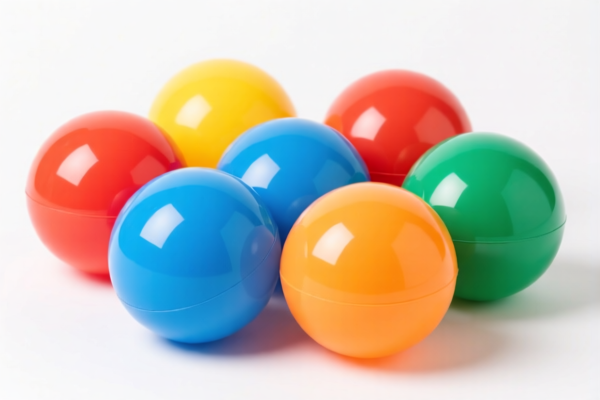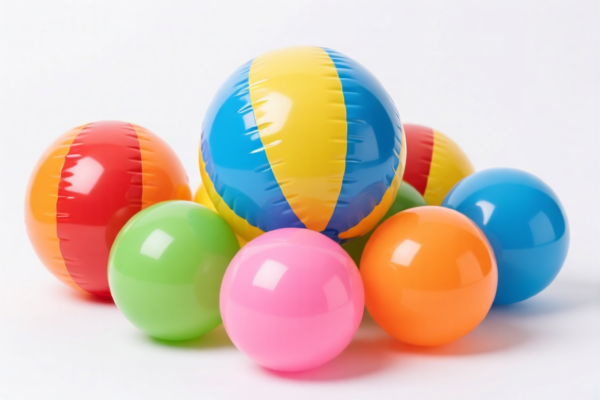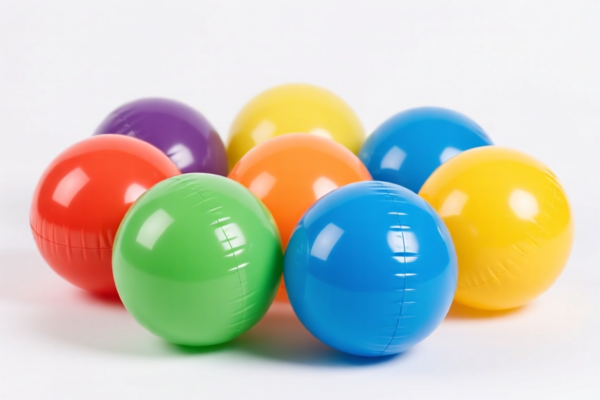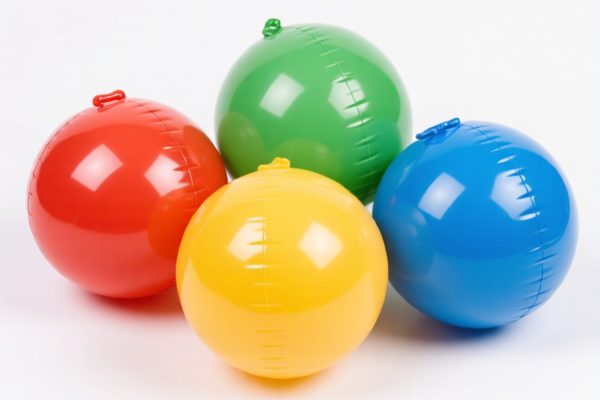| HS Code | Official Doc | Tariff Rate | Origin | Destination | Effective Date |
|---|---|---|---|---|---|
| 4602190500 | Doc | 60.0% | CN | US | 2025-05-12 |
| 4602191200 | Doc | 60.8% | CN | US | 2025-05-12 |
| 4601990500 | Doc | 57.7% | CN | US | 2025-05-12 |
| 4601940500 | Doc | 57.7% | CN | US | 2025-05-12 |
| 9503000090 | Doc | 30.0% | CN | US | 2025-05-12 |
| 9503000071 | Doc | 30.0% | CN | US | 2025-05-12 |
| 4819600000 | Doc | 55.0% | CN | US | 2025-05-12 |
| 4823901000 | Doc | 55.0% | CN | US | 2025-05-12 |
| 4823902000 | Doc | 55.0% | CN | US | 2025-05-12 |
| 3926901600 | Doc | 40.6% | CN | US | 2025-05-12 |
| 3926909910 | Doc | 42.8% | CN | US | 2025-05-12 |
| 3923900080 | Doc | 58.0% | CN | US | 2025-05-12 |
| 9620005000 | Doc | 60.3% | CN | US | 2025-05-12 |
| 9620005500 | Doc | 58.3% | CN | US | 2025-05-12 |




Toy Basket
A toy basket is a container designed for the storage and organization of toys. They come in a wide variety of materials, sizes, and styles, serving both functional and aesthetic purposes in playrooms, bedrooms, and other living spaces.
Materials
Toy baskets are constructed from numerous materials, each with its own characteristics:
- Plastic: Durable, easy to clean, lightweight, and often the most affordable option. Suitable for a wide range of toy types and environments. Can be rigid or collapsible.
- Fabric: Typically cotton, linen, polyester, or canvas. Often reinforced with a wire or cardboard frame. Offers a softer aesthetic and can be foldable when not in use. May require spot cleaning.
- Wicker/Rattan: Natural materials providing a classic, textured look. Can be sturdy but less durable than plastic. Suitable for drier environments.
- Wood: Offers a robust and aesthetically pleasing option. Can be more expensive and heavier than other materials. Often treated for durability and ease of cleaning.
- Metal: Less common, but provides a strong and industrial aesthetic. Can be prone to dents and may not be suitable for smaller toys.
Purpose & Function
The primary function of a toy basket is to:
- Contain clutter: Provides a designated space for toys, reducing mess and improving room organization.
- Facilitate cleanup: Encourages children to participate in tidying up by providing a convenient storage solution.
- Promote independent play: Allows children to easily access and put away their toys, fostering self-sufficiency.
- Portability: Many baskets are designed to be easily moved around a room or between rooms.
Usage Scenarios
Toy baskets are used in a variety of settings:
- Playrooms: Central storage for a large collection of toys.
- Bedrooms: Keeping toys organized in a child’s sleeping space.
- Living Rooms: Containing toys used in communal play areas.
- Daycares/Preschools: Organizing toys for group activities and easy cleanup.
Common Types
- Collapsible Fabric Baskets: Lightweight and foldable for easy storage when not in use. Often feature handles for portability.
- Plastic Storage Bins: Rigid and durable, available in various sizes and colors. Often stackable.
- Woven Baskets: Natural materials offering a classic aesthetic. Can be used with or without liners.
- Toy Chests: Larger, often wooden containers with hinged lids. Suitable for storing larger toys or a substantial collection.
- Rolling Toy Baskets: Equipped with wheels for easy movement, ideal for transporting toys between rooms.
- Divided Toy Baskets: Feature compartments for separating different types of toys (e.g., blocks, cars, dolls).
Toy baskets can fall under several classifications depending on their material and specific use. Here are potential HS codes based on the provided reference material:
-
4602190500: Basketwork, wickerwork and other articles, made directly to shape from plaiting materials or made up from articles of heading 4601; articles of loofah: Of vegetable materials: Other: Fishing baskets or creels. This code applies to baskets made from vegetable materials, but is specifically for fishing baskets or creels. If the toy basket is made of vegetable materials and resembles a fishing basket, this could be applicable.
- Chapter 46: Manufacture of articles of plaiting materials, straw, esparto or similar materials.
- Heading 4602: Basketwork, wickerwork and other articles, made directly to shape from plaiting materials or made up from articles of heading 4601; articles of loofah.
- Subheading 460219: Of vegetable materials: Other.
- 46021905: Fishing baskets or creels.
-
9503000090: Tricycles, scooters, pedal cars and similar wheeled toys; dollsʼ carriages; dolls, other toys; reduced-scale (“scaleˮ) models and similar recreational models, working or not; puzzles of all kinds; parts and accessories thereof Other. This is a broad category for toys. If the basket is specifically designed as a toy container or part of a toy set, this code may be relevant.
- Chapter 95: Toys, games and sports requisites; parts and accessories thereof.
- Heading 9503: Tricycles, scooters, pedal cars and similar wheeled toys; dollsʼ carriages; dolls, other toys; reduced-scale (“scaleˮ) models and similar recreational models, working or not; puzzles of all kinds; parts and accessories thereof.
- 9503000090: Other.
-
3926901600: Other articles of plastics and articles of other materials of headings 3901 to 3914: Other: Pacifiers. If the toy basket is made of plastic and is designed for very young children, this code might be considered, although it is primarily for pacifiers.
- Chapter 39: Plastics and articles thereof.
- Heading 3926: Other articles of plastics and articles of other materials of headings 3901 to 3914.
- 39269016: Other: Pacifiers.
According to the provided reference material, the HS code options related to 'toy basket' are limited, with only the following 3 found.
Please note that the final HS code determination depends on the specific material composition and intended use of the toy basket.
Customer Reviews
No reviews yet.